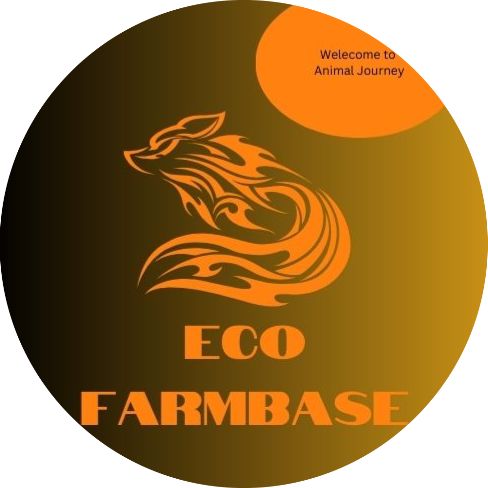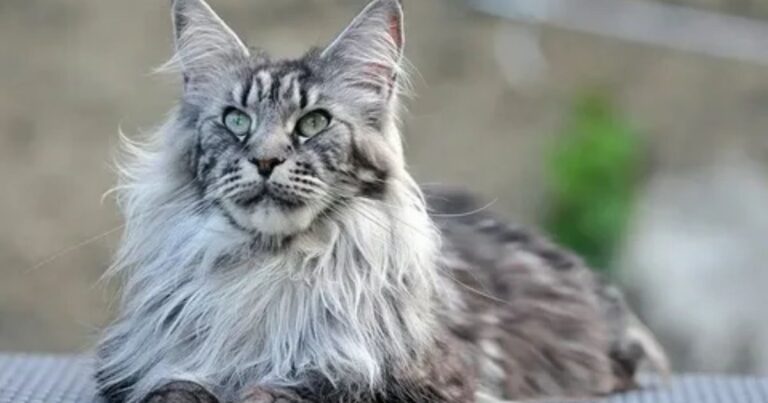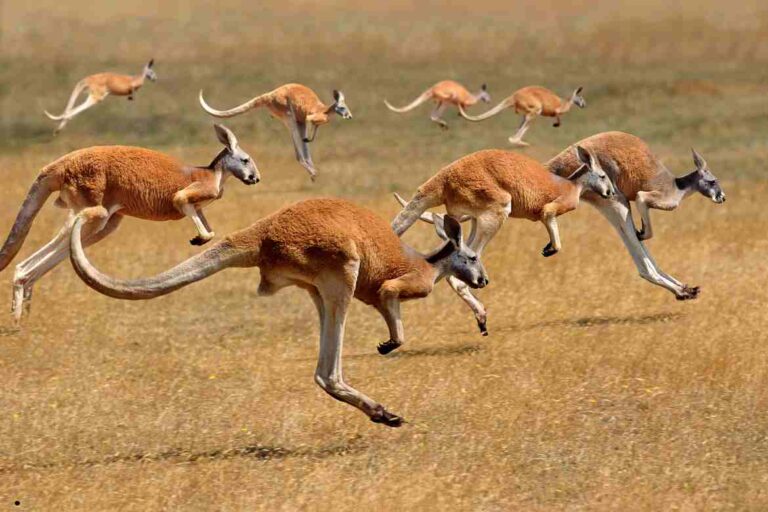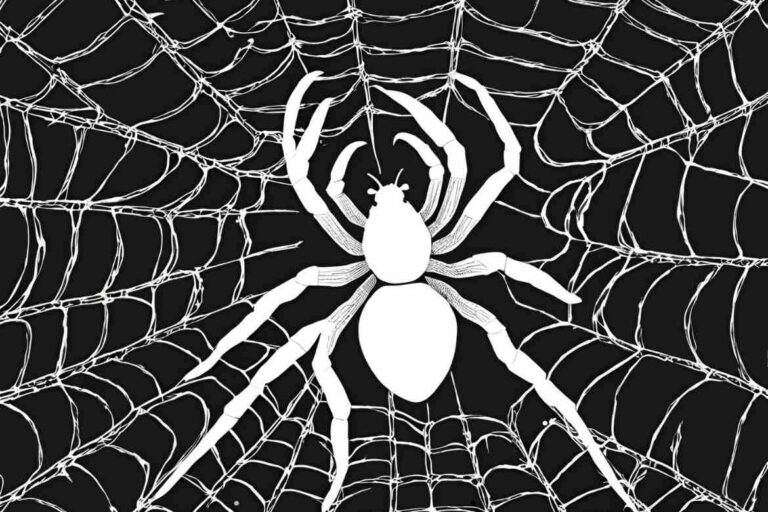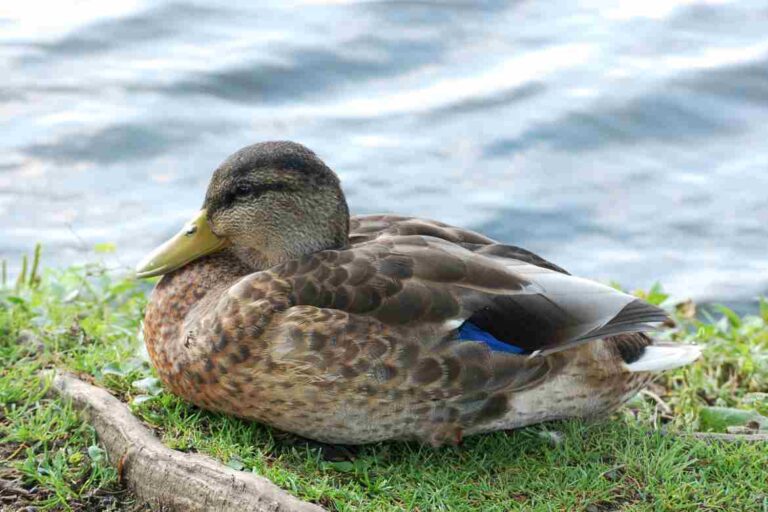Baby Fluffy Cows: A Comprehensive Guide
When it comes to adorable farm animals, few can rival the charm of baby fluffy cows. Known for their soft, fluffy coats and playful demeanor, these young calves capture the hearts of many. This article delves into the world of baby fluffy cows, exploring their characteristics, care needs, breeds, and their significance on the farm.
What Are Baby Fluffy Cows?
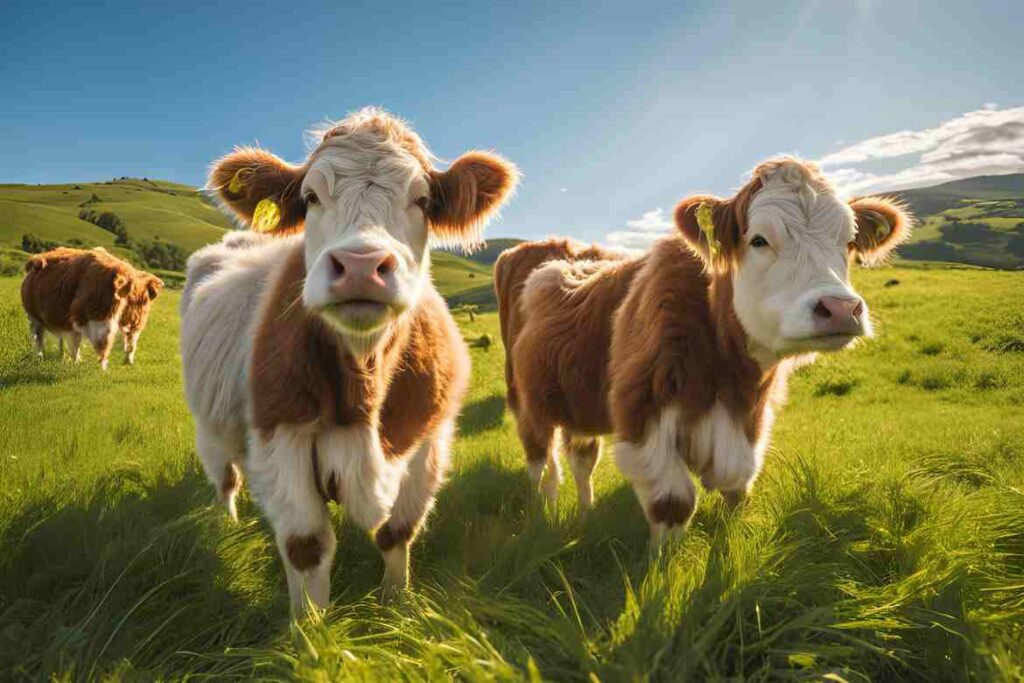
Baby fluffy cows, often referred to as calves, are the young offspring of adult cows. They are typically born with a soft, woolly coat that gives them a distinctive and endearing appearance. These calves are not only cute but also represent the future of livestock farming, providing milk, meat, and other resources.
Explore more info about: Can Ducks Eat Chocolate? Precautions to Know
Characteristics of Baby Fluffy Cows
Baby fluffy cows possess several unique features that make them special:
| Characteristic | Description |
|---|---|
| Coat Texture | Soft, fluffy, and often wavy |
| Color Variations | Can range from white, brown, black, or a mix |
| Size | Typically weigh between 60 to 100 pounds at birth |
| Playful Behavior | Known for their energetic and playful nature |
| Social Animals | Thrive in herds and enjoy social interaction |
Breeds of Baby Fluffy Cows
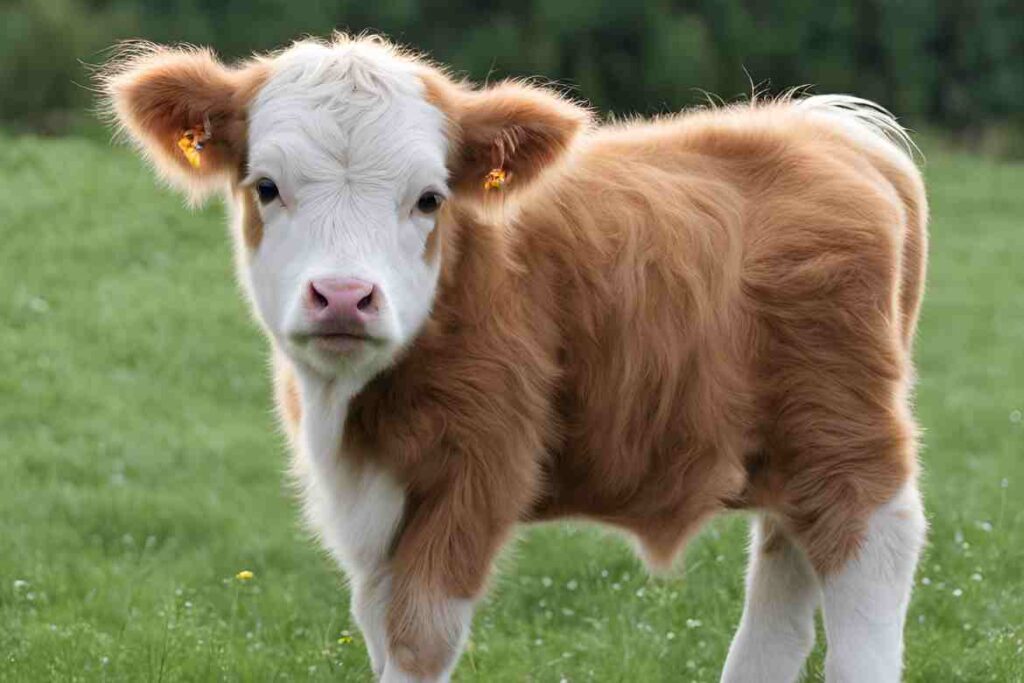
Several breeds of cows are known for their fluffy coats. Here are some popular breeds that produce baby fluffy cows:
1. Highland Cattle
Highland cattle are one of the most recognizable breeds due to their long, shaggy coats and distinctive horns.
| Feature | Description |
|---|---|
| Origin | Scotland |
| Coat | Long, wavy, and fluffy |
| Color | Typically red, black, or yellow |
| Temperament | Gentle and hardy |
2. Jersey Cattle
Jersey cows are smaller in size but have a sweet disposition and are known for their rich milk production.
| Feature | Description |
|---|---|
| Origin | Channel Islands (Jersey) |
| Coat | Light brown with a soft texture |
| Color | Light to dark brown |
| Temperament | Friendly and sociable |
3. Guernsey Cattle
Guernsey cows are known for their distinctive reddish-brown and white patches, along with their gentle nature.
| Feature | Description |
|---|---|
| Origin | Guernsey Island |
| Coat | Fluffy and soft with a reddish hue |
| Color | Reddish-brown and white |
| Temperament | Calm and docile |
4. Simmental Cattle
Simmental cows are among the oldest and most widespread breeds, recognized for their versatility and hardiness.
| Feature | Description |
|---|---|
| Origin | Switzerland |
| Coat | Fluffy with a yellow to red color |
| Color | Yellow, white, or red |
| Temperament | Intelligent and friendly |
Nutrition for Baby Fluffy Cows
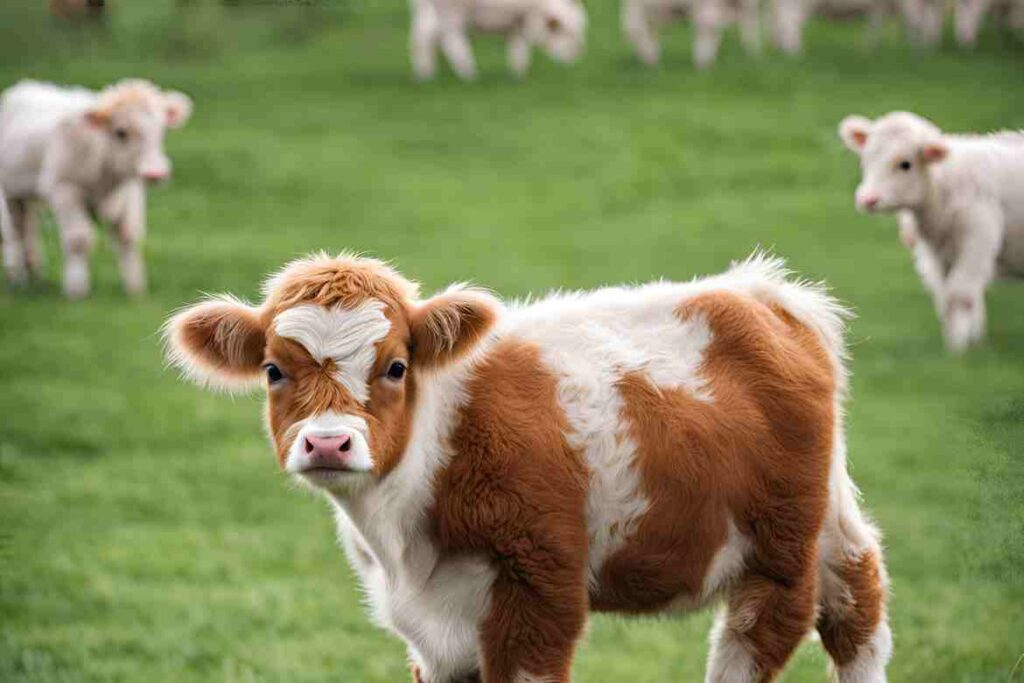
Proper nutrition is essential for the healthy growth of baby fluffy cows. Calves require a balanced diet that supports their rapid growth and development.
Essential Nutrients
| Nutrient | Importance |
|---|---|
| Protein | Crucial for muscle development and growth |
| Fats | Provides energy and supports overall health |
| Vitamins | Essential for immune function and metabolic processes |
| Minerals | Important for bone development and health |
Feeding Practices
- Colostrum: After birth, calves should receive colostrum, the first milk produced by the mother. This milk is rich in antibodies and is crucial for the calf’s immune system.
- Milk Replacement: For calves that are not nursing, a high-quality milk replacer can be used to provide necessary nutrients.
- Solid Feed: As calves grow, they should gradually be introduced to solid feed, such as calf starter pellets. This feed is specially formulated to meet their nutritional needs.
- Fresh Water: Always ensure that calves have access to clean, fresh water to support their hydration and overall health.
Raising Baby Fluffy Cows
Caring for baby fluffy cows involves more than just feeding. Proper care includes housing, socialization, and health monitoring.
Housing Requirements
Creating a safe and comfortable environment for calves is essential. Here are some guidelines:
| Requirement | Description |
|---|---|
| Shelter | Provide a clean and dry shelter to protect from weather conditions |
| Bedding | Use straw or wood shavings to provide comfortable bedding |
| Space | Ensure enough space for calves to move and play, reducing stress |
Socialization
Calves are social animals and thrive in groups. Keeping them together encourages natural behaviors and reduces anxiety.
Explore more info about: How Many Crows Make A Murder?
Health Management
Regular health checks are vital for monitoring the well-being of calves:
- Vaccinations: Ensure that calves receive appropriate vaccinations to protect against common diseases.
- Deworming: Regular deworming helps maintain their health.
- Observation: Monitor calves for signs of illness, such as lethargy, coughing, or loss of appetite.
The Importance of Baby Fluffy Cows on the Farm
Baby fluffy cows play a critical role in the agricultural ecosystem. Their presence contributes to the sustainability and productivity of farms.
Economic Value
Calves contribute to the economic viability of dairy and beef operations. They are raised for milk production, beef, and even breeding stock, providing farmers with multiple income streams.
Environmental Impact
Cattle farming, when managed sustainably, can have a positive impact on the environment. Grazing can help maintain pasture health and promote biodiversity:
| Benefit | Description |
|---|---|
| Soil Fertility | Manure from cows can enhance soil fertility |
| Pasture Management | Proper grazing techniques can prevent overgrowth and promote healthy ecosystems |
Fun Facts About Baby Fluffy Cows
- Quick Learners: Calves can learn to recognize their names and respond to commands within weeks of birth.
- Playful Nature: Baby fluffy cows are known for their playful behavior, often seen frolicking with each other in the pasture.
- Curiosity: Calves are naturally curious and will explore their environment, often sticking their noses into anything new.
- Affectionate Animals: They can form strong bonds with their caretakers, often seeking attention and affection.
Conclusion
In conclusion, baby fluffy cows are more than just adorable creatures; they are essential to the agricultural landscape. Understanding their needs for nutrition, care, and socialization is vital for ensuring their healthy development. By raising these calves with love and care, farmers can enjoy the many benefits that come from these delightful animals.
FAQs
What are baby fluffy cows called?
Baby fluffy cows are commonly referred to as calves.
What do baby fluffy cows eat?
Baby fluffy cows primarily consume colostrum, milk replacers, and eventually solid feed like calf starter pellets.
3. How can I care for a baby fluffy cow?
Provide shelter, proper nutrition, regular health checks, and socialization to ensure their well-being.
5. What breeds are known for fluffy coats?
Breeds like Highland, Jersey, Guernsey, and Simmental are known for their fluffy coats.
- Mexican Red Headed Bird: A Brilliant Avian Wonder - January 16, 2025
- Can Turkeys Eat Bread? - January 15, 2025
- crocodile and plover bird relationship articles for students - January 12, 2025
